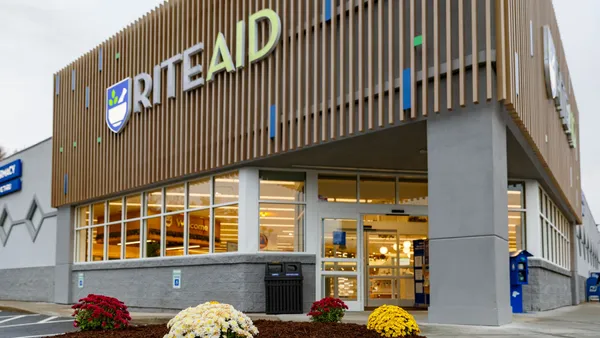The insights you stand to gain from mobile-based location data are invaluable when it comes to targeting the right customers, when and where it matters most. With location insights, you can capitalize on this multi-billion dollar retail opportunity. Here's how.
Next to the winter holidays, back-to-school is the largest shopping event in the U.S. Last year, total back-to-school spending was expected to reach $83.6 billion, the highest it's been in half a decade.
Several new back-to-school shopping trends have emerged in recent years, including the fact that consumers no longer cram their shopping into the days leading up to the new school year. According to the National Retail Federation (NRF), last year about 3 in 10 consumers planned to start shopping at least two months before school began — an increase of 22% over 2016.
For marketers, preparations start early, too. It's time to think about how you're going to connect with those back-to-school shoppers and drive foot traffic to your stores. And the best way to ace this test is to build your strategy on location data.
Use location insights to learn about your audience
Location insights can help you target potential customers and capitalize on in-store shopping activity. It does this by enabling brands to engage with consumers when it matters most.
To reach high opportunity shoppers and increase your sales, build your target audience off of location data. Keep in mind, back-to-school shoppers and back-to-college shoppers are different in many ways. For example, GroundTruth location data shows that moms prefer big box stores like Sam's Club and BJ's Wholesale Club, while university shoppers over-index at malls, along with furniture stores like Ikea.
What's more, audience behavior can vary depending on where consumers live. Suburban and big city moms have vastly different shopping preferences; while the former is likely to be found at Variety/Dollar and Sporting Goods stores, urban moms routinely visit Kids and Furniture stores. It's important to understand the nuances of these distinct decision-makers.
Make your messages relevant and valuable
Another surefire approach to maximizing the back-to-school season is to ensure your messaging speaks to customers' unique needs. Back-to-school shoppers visit multiple stores in their search for the right products and knowing what types of retailers your audience shops at — another insight that location data is equipped to reveal — can open the door for you to identify and reach the most active shoppers.
According to the NPD Group, in the past back-to-school shoppers have made an average of 16 trips to buy products between the months of July and September, and most of those were to 7 retailers. This information allows you to tailor your message to provide the most relevant incentives to your customers and add value to their shopping experience.
Remove the risk from your campaigns
Once you've gained insight into your target audience and determined what kind of message is most likely to resonate with your customers, all that's left is to choose your advertising model. Implementing an "always-on" Cost Per Visit (CPV) approach removes the risk associated with traditional media buying by delivering the performance you need from your campaign.
CPV is the only guaranteed performance model for driving offline visits, so it's ideal if your KPIs are focused on the real-world outcomes like generating more foot traffic and increasing the frequency of in-store visits from past customers. Because CPV allows you to transact on a visit, GroundTruth can develop the best campaign strategy to provide exactly the offline outcomes you're looking for.
Are you ready for the back-to-school season? Download our back-to-school strategy guide to learn more about how to reach the right person in the right place and increase visits to your store.










